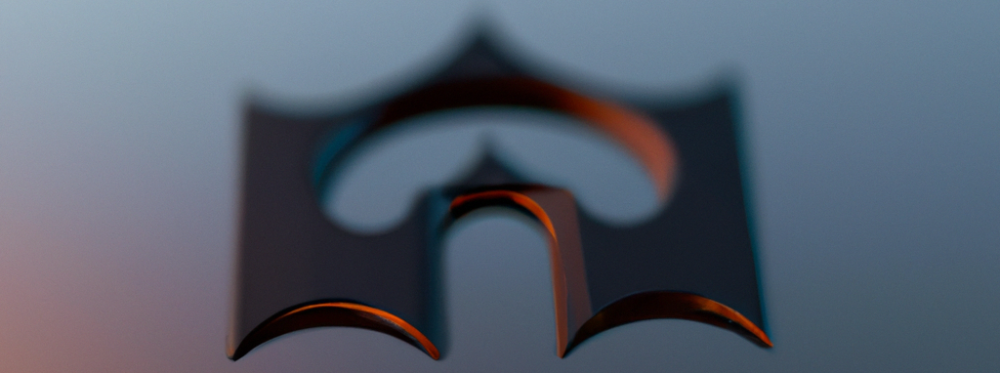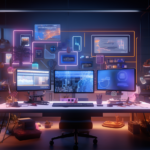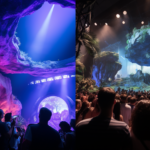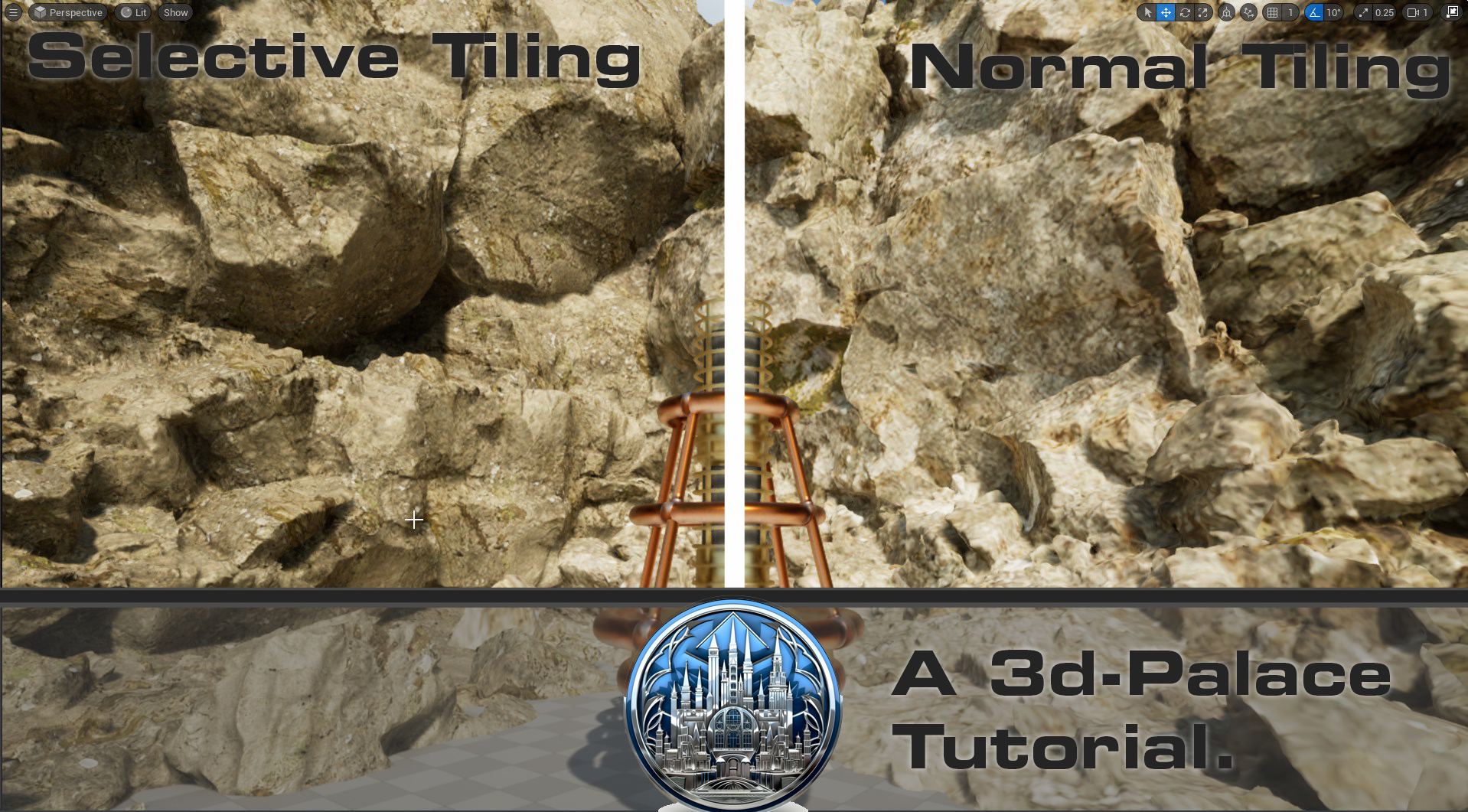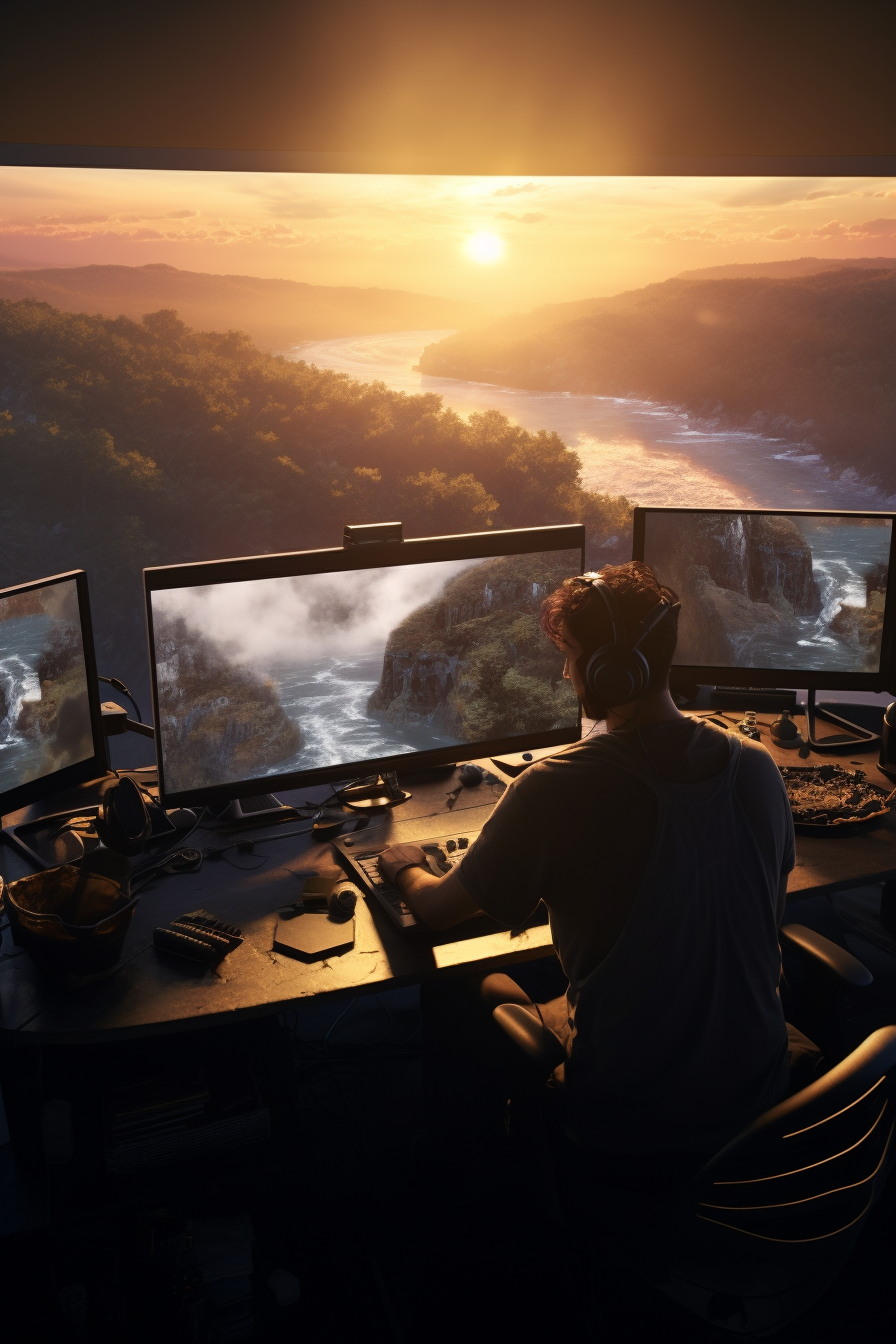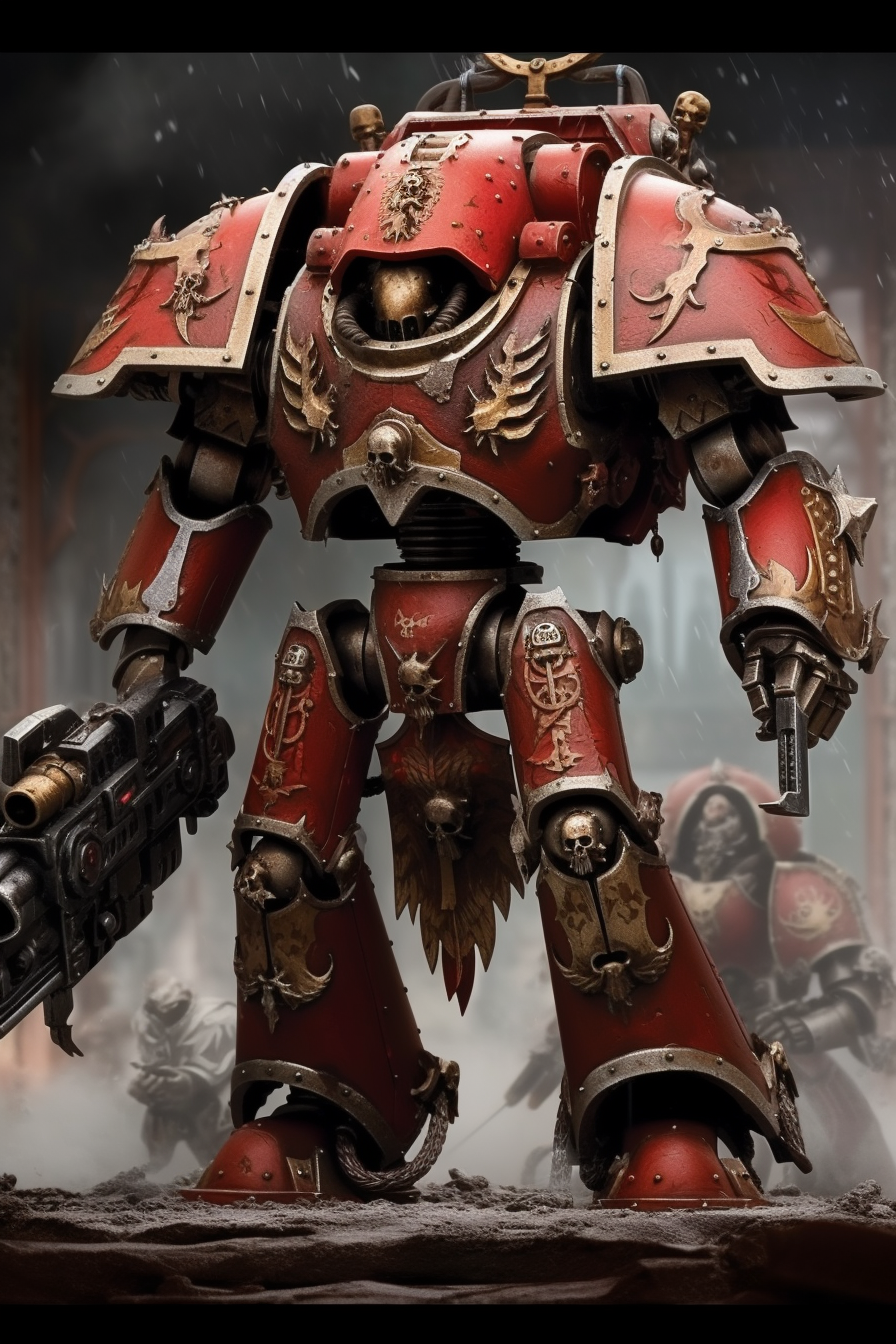Introduction: Visual atmosphere plays a crucial role in horror games, as it sets the mood and immerses players in the game world. By utilizing lighting, textures, and environmental design, developers can create a sense of dread, tension, and fear. In this article, we will discuss the importance of visual atmosphere in horror games, provide tips and hints on how to best use it, and share insights into how we’ve implemented these techniques in our game, The Wickie.
The Importance of Visual Atmosphere in Horror Games: Visual atmosphere is the key to evoking an emotional response from players. It helps to create a sense of immersion, making players feel like they are truly experiencing the game world. In horror games, the goal is to make players feel uneasy, afraid, and constantly on edge. A well-crafted visual atmosphere can achieve this by playing with players’ expectations, using shadows and darkness to obscure threats, and creating a sense of isolation and vulnerability.
Tips and Hints for Crafting Visual Atmosphere in Horror Games:
- Lighting: Use lighting to create contrasts between light and dark areas, making it difficult for players to discern what lies in the shadows. The Wickie utilizes this technique to create suspense and uncertainty, as players must explore dark, foreboding areas. Check out this image showcasing how we’ve used lighting in The Wickie to set a chilling tone.

- Textures: Choose textures that evoke feelings of decay, age, and neglect. This can create an unsettling atmosphere, as players may feel like they are trespassing on a long-forgotten, haunted place. In The Wickie, we’ve incorporated textures such as peeling paint, rust, and crumbling structures to create an eerie environment. Take a look at this image to see an example of our texture work.

- Environmental Design: Incorporate environmental storytelling to make the game world feel lived-in and sinister. Clues about the history of the game world and the horrors it holds can create tension and unease. In The Wickie, we’ve designed areas that hint at the mysteries and dangers players will face, encouraging exploration and rewarding curiosity.
- Sound Design: Don’t underestimate the power of sound in enhancing the visual atmosphere. Ambient sounds, such as creaking floorboards, distant screams, or echoing footsteps, can make players feel like they are being watched or followed. In The Wickie, we’ve combined sound design with our visual elements to create a truly immersive and terrifying experience.
The Wickie’s Approach to Visual Atmosphere: In The Wickie, we’ve worked hard to create a unique and atmospheric horror experience. By focusing on lighting, textures, and environmental design, we’ve crafted a game world that is both eerie and captivating. We believe that a strong visual atmosphere is essential to creating a memorable horror game, and we’re proud of the results we’ve achieved in The Wickie.
To see our approach to visual atmosphere in action and stay updated on our progress, be sure to wishlist The Wickie on Steam: https://tinyurl.com/thewickiegame
Creating a strong visual atmosphere in horror games is crucial to immersing players and evoking feelings of fear and dread. By focusing on lighting, textures, and environmental design, developers can create a game world that is both visually stunning and terrifying. The Wickie is an excellent example of how these techniques can be used to create a truly memorable horror experience.
